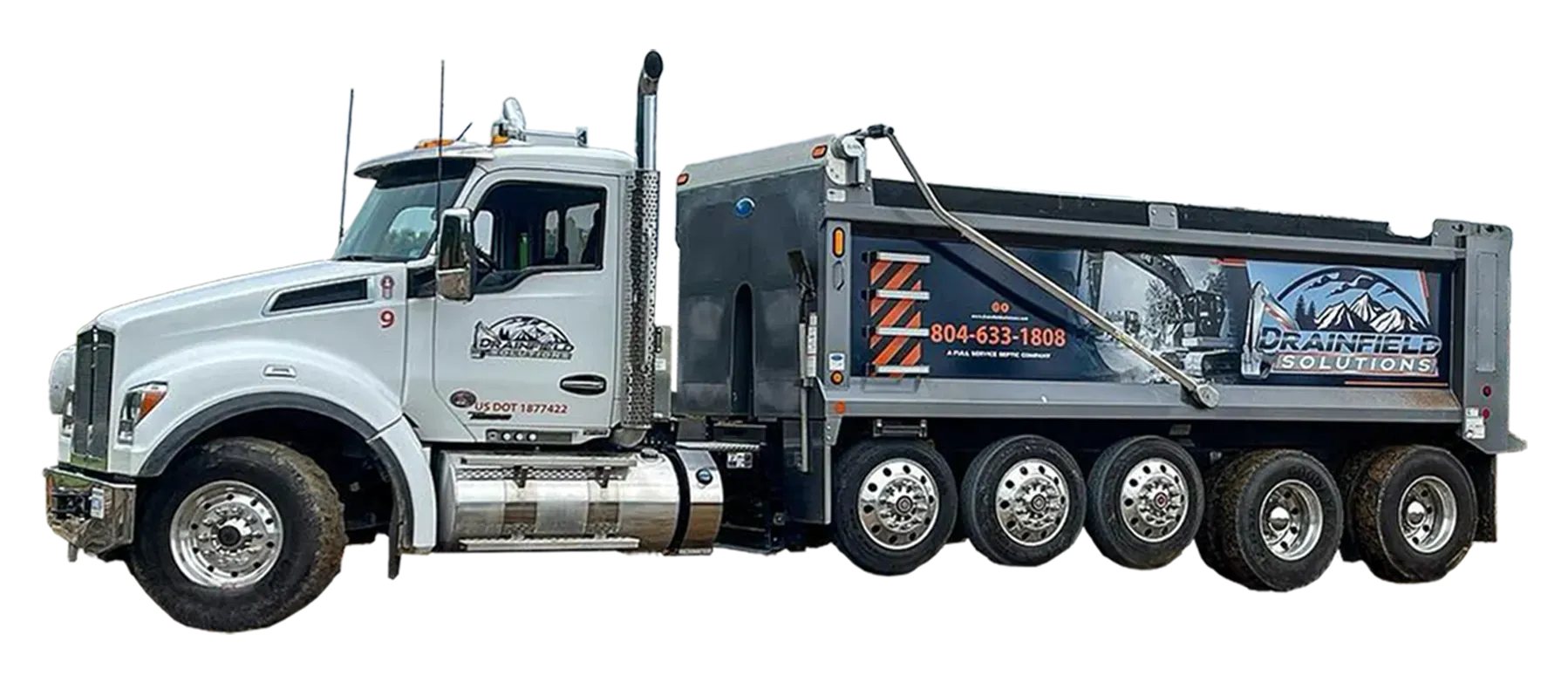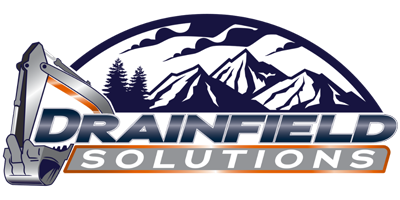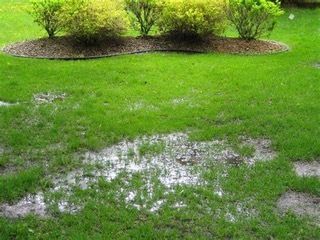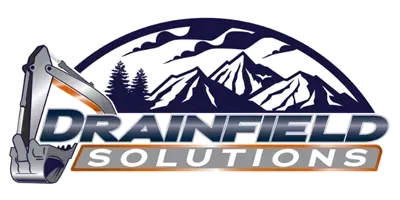
Septic Drainfield Landscaping: Learn What to Plant and What Not to Plant
December 25, 2024
Your drainfield is the silent partner of your septic system, working quietly to filter wastewater and keep your yard healthy and safe. But when it comes to landscaping, not everything is fair game above your drainfield. The plants you choose—or avoid—can have a big impact on how well your system works.
At Drainfield Solutions, over the past two decades, we’ve seen what happens when the wrong plants take over: clogged pipes, damaged systems, and costly repairs. So let’s talk about what to plant, what to avoid, and how to create a beautiful, drainfield-friendly landscape.
What to Plant Over Your Drainfield
The goal for landscaping over your drainfield is simple: choose plants that protect the soil, prevent erosion, and won’t interfere with the system. Here are the top contenders for your septic-safe yard:
- Grass: The MVP of drainfield landscaping, grass is shallow-rooted, low-maintenance, and ideal for holding soil in place. Whether it’s traditional turf grass or native species, it’s a reliable choice for your drainfield.
- Ground Covers: Low-growing plants like clover, creeping thyme, or periwinkle can add color and variety without risking root damage. These plants are gentle on your system and perfect for a more natural look.
- Wildflowers: If you love a pop of color, wildflowers can be a great option. Look for shallow-rooted species like black-eyed Susans, coneflowers, or daisies that won’t dig too deep into the soil.
- Ornamental Grasses: Varieties like fescue or blue oat grass can add texture and movement to your landscape while staying drainfield-friendly.
Stick to plants with shallow roots (about 6 inches deep or less) that won’t invade your pipes. They’ll keep the soil healthy and absorb excess moisture without causing damage.
What Not to Plant Over Your Drainfield
Now that we’ve covered what to plant, let’s talk about the villains of drainfield landscaping. These are the plants that might look lovely in your yard but can wreak havoc on your system.
- Trees: Trees are a big no-no for drainfields. Their deep, aggressive roots can penetrate pipes, causing clogs, cracks, and even complete system failure. Popular offenders include maples, willows, birches, and oaks. If you can’t live without a tree in your yard, plant it at least as far from the drainfield as its expected mature height. For example, a 50-foot tree needs to be 50 feet away.
- Shrubs: Shrubs may seem harmless, but they often have roots deep enough to interfere with your drainfield. Avoid planting shrubs like azaleas, rhododendrons, or lilacs near your system.
- Edible Plants: Vegetable gardens might seem like a practical use of space, but they’re a no-go for drainfields. The soil above your drainfield can contain bacteria from wastewater, making it unsafe for growing food. Stick to flowers or non-edible plants instead.
- Invasive Plants: Plants like bamboo, ivy, or mint can quickly overtake your drainfield, spreading roots where they shouldn’t. These species can be tough to control and are best kept far away.
Why These Plants Matter
Your drainfield relies on soil to absorb and filter wastewater safely. The wrong plants can disrupt this process in a few ways:
- Roots Blocking Pipes: Deep or aggressive roots can grow into your drainfield pipes, causing clogs or damage.
- Soil Compaction: Heavy plants or trees can compact the soil, reducing its ability to absorb water effectively.
- Excess Moisture: Plants that hold too much water in the soil can oversaturate your drainfield, leading to backups or reduced filtration.
By avoiding these plants, you’re protecting your drainfield and ensuring it can do its job properly.
Tips for Drainfield-Friendly Landscaping
Once you’ve chosen the right plants, there are a few more steps you can take to create a healthy, septic-safe landscape:
- Keep the Area Clear: Avoid placing heavy items like furniture, rocks, or decorative features on top of your drainfield. These can compact the soil and damage pipes.
- Redirect Water Flow: Make sure rain gutters and downspouts direct water away from your drainfield to prevent oversaturation.
- Create a Boundary: Use low fences, decorative stones, or a border of drainfield-friendly plants to mark the area and remind others to tread lightly.
- Maintain Regularly: Keep plants trimmed, remove invasive weeds, and mow grass to prevent overgrowth.
A little care and attention go a long way in keeping your drainfield healthy and your yard looking great.
Why It’s Worth It
Landscaping around your drainfield isn’t just about aesthetics—it’s about protecting a vital part of your home’s infrastructure. With the right choices, you can:
- Prevent costly repairs caused by root intrusion or soil compaction.
- Extend the lifespan of your septic system by keeping it in optimal condition.
- Enjoy a beautiful, functional yard that supports the environment and your home.
At Drainfield Solutions, we’re here to help you make the best choices for your yard and your septic system in Essex County, Richmond County, King & Queen County, King William County, Culpepper County and surrounding areas. Call Drainfield Solutions today at 804-633-1808 or visit our contact page to schedule a consultation or learn more about creating a septic-safe landscape.
Share Post
Latest Posts
Ready to Take the Next Step?
Whether you're in need of a system inspection or regular maintenance, Drainfield Solutions is here to help. Get in touch today for reliable service you can trust.






